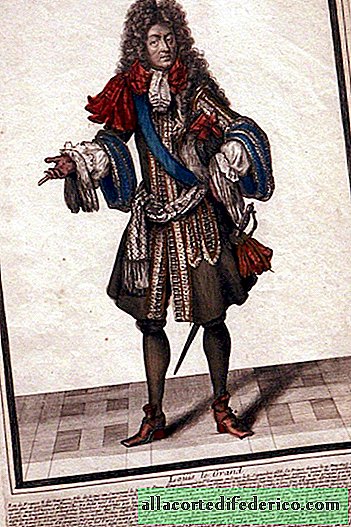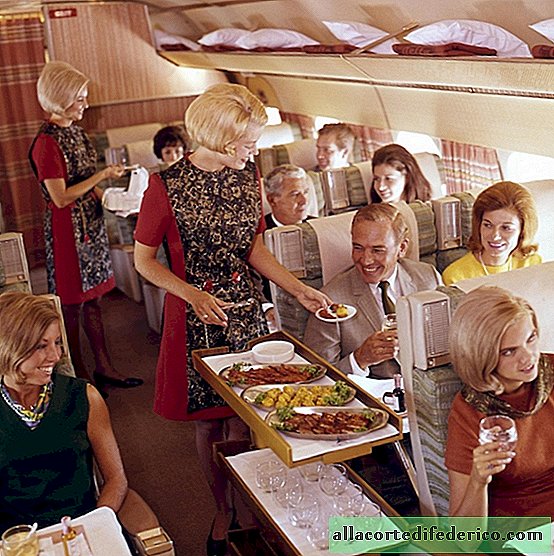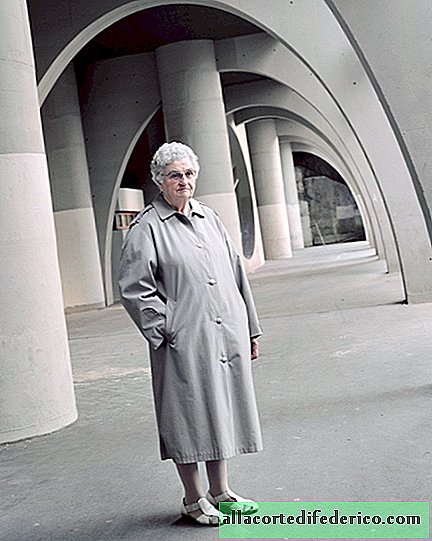How to knock, what to wear, where to sit: the rules of Versailles etiquette from Louis XIV
Versailles etiquette was as sophisticated and ornate as the furniture that filled the halls of the French royal palace. Controlled and regulated all the smallest details of life at court. In the rules of etiquette there were more quirks and eccentricities than an urgent need due to common sense.
The Palace of Versailles was built as a symbol of the power of the "Sun King" Louis XIV.

In 1682, the king officially transferred his court to Versailles, which was previously a royal hunting house used for entertainment. Louis transformed it into a magnificent symbol of the French monarchy with magnificent gardens, galleries and works of art. From the Sun King to Marie Antoinette, Versailles was the center of the royal world and remained so until the French Revolution changed everything.
The palace etiquette system was built on strict observance of hierarchy and rank. The rules are clear: each courtier had to serve the king and participate in elaborate rituals that clearly defined the place of the nobility. The main trends were set by the king himself.

Despite all the grace of manners, the first thing that catches the eye of a modern person is the lack of a toilet. In his memoirs, the Duke of Saint-Simon recalled that high-ranking visitors to the palace dealt with the necessary need where they were comfortable. This annoyed the servants and created an unpleasant odor.
But otherwise everything was elegant. Particular attention was paid to such things as knocking on the door. It was impossible to knock loudly with knuckles, the courtiers had to modestly scratch their nails. For these purposes, they specially grew one long nail.
When the king woke up, he needed to change his shirt. Only a person of the highest rank who was at that moment in the room could do this. Moreover, he was not supposed to see the naked body of the king. By the way, the time of sleep was also regulated: when going to bed and upon awakening the king and queen, especially close noblemen should be present. To wish good night and good morning.
A particularly important issue was the placement of close associates in the presence of the royal couple: where, how, and what to sit on. Naturally, the rulers themselves sat on the throne, the rest - depending on their status and rank.

Princes and princesses of royal blood had the right to chairs without armrests, and the duchesses could sit on stools. Of course, the seating policy caused much controversy. There were those who tried to break it in order to get closer to the king. The same duke of Saint-Simon recalled how the Countess d'Arcourt drove a certain duchess from a stool, deciding that she was not sitting by status. However, it was rare to sit. Mostly in the church, in the theater and at the card table. The rest of the time they stood.
It was necessary to think well what to wear. A particularly important element of the costume was high heels, both for women and for men. Louis XIV loved to wear shoes with red heels. He ruled that only particularly close noblemen have the right to wear the same as his. In this regard, red heels have become a special symbol of nobility. I wonder if Christian Louboutin knew about this when he invented his shoes.

In order to be included in the royal circles, it was necessary to be represented to the king and queen. It was a serious test. Especially for women. The main problem is the court dress. It was strictly regulated. Women had to wear heavy and long skirts, and a corset made of a whalebone pulled around the waist. The clothes were so uncomfortable that it took a long time to train to learn how to wear them.
During the ceremony itself, the lady had to approach the king several times and move away from him. This had to be done gracefully, by no means turning his back on the ruler. When moving back, it was important not to get confused in the loop of your own dress. Not everyone did it.

A special ritual concerned hats. Not everyone needed to take them off. Louis XIV took off his shirt at a meeting with the prince of blood, lifted it a bit, welcoming a high-ranking person, and made a pat on the shoulder when meeting with a simple nobleman. But he made exceptions for women, regardless of their situation.
The courtiers observed similar rules for worshiping one another. High-ranking people had their privileges. For example, they could take people of a lower status without getting out of bed.

By the end of the 17th century, formal beds became popular in Versailles. Richly decorated, they demonstrated the privileges and power of the owner. The king’s most important bed, of course. Sometimes he received visitors in the front bedroom.
Members of the royal family at Versailles did almost everything in front of the courtiers. Especially when it comes to food. Although usually the king was dining alone, there were numerous dining ceremonies at Versailles. These events looked like real performances in which more than 300 people sometimes took part. In this case, most often the royal family ate, the rest were honored to observe this.

















